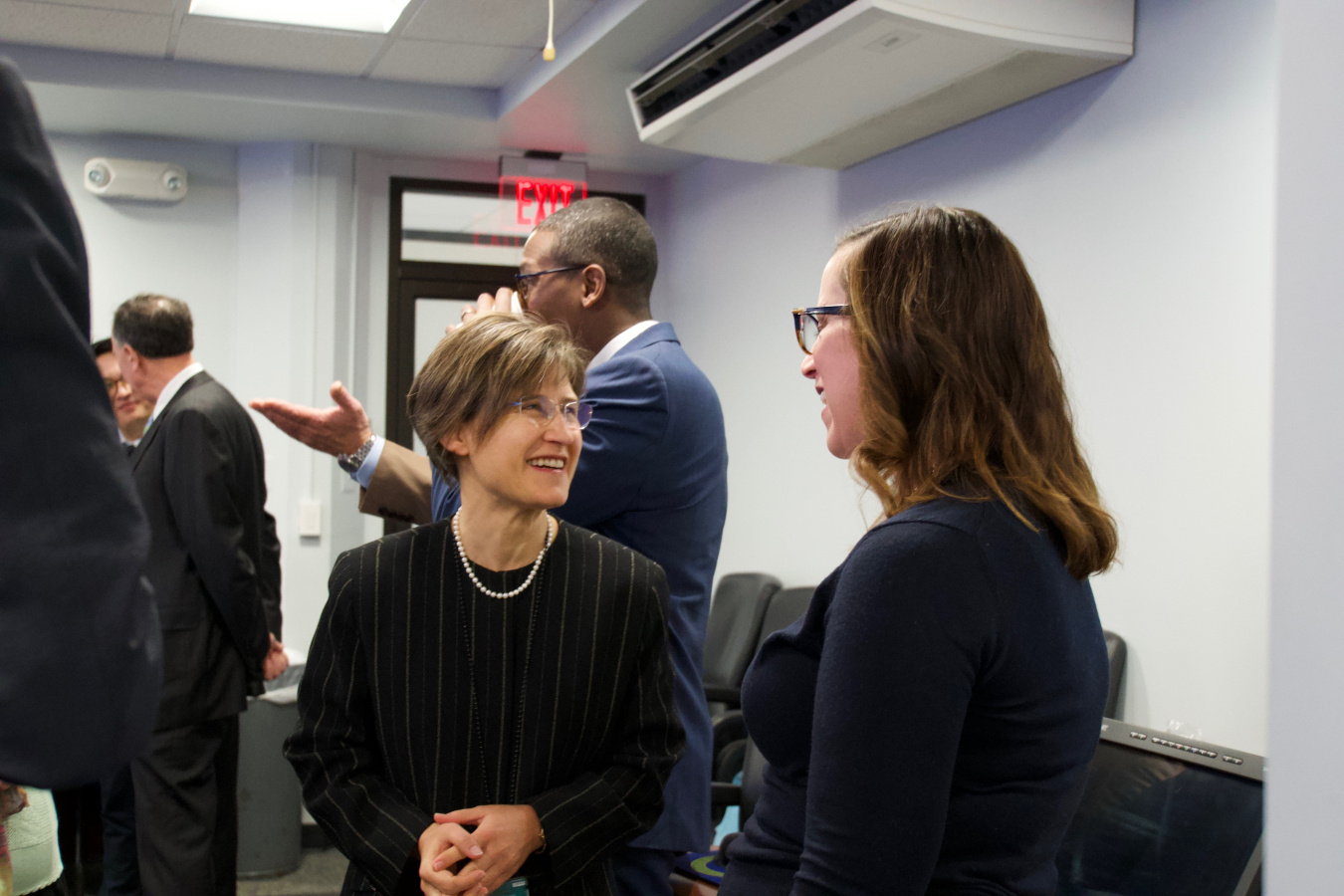
STEM jobs change the world. Science, technology, engineering and mathematics (STEM) enable the discovery of more efficient energy sources and the development of new materials to optimize energy storage, advance our artificial intelligence (AI) and supercomputing capabilities, and enhance our understanding of the building blocks of matter – to name just a few of the things we work on at the Department of Energy (DOE).
When I was appointed as the inaugural Director of DOE’s Artificial Intelligence & Technology Office (AITO), which was established to help address national challenges, it was humbling to say the least. How exciting to contribute to the direction and success of this new office at the dawn of the Age of AI! Without diversity of gender, race, backgrounds, and ideas, we won’t be able to sufficiently capitalize on critical and creative solutions to our nation’s most urgent challenges. This commitment to diversity is shared across the Administration with the goal of advocating for and advancing achievements in the STEM fields to benefit the American people.
It’s a truly awesome responsibility to work with the best and brightest minds overseeing hundreds of AI projects at DOE and our world-leading National Laboratories making profound differences. Earlier this month, I had a pleasure of visiting Oak Ridge National Lab where I was able to take a look at Summit, the world’s fastest supercomputer. Our supercomputers have allowed us to expedite testing enabling us to find treatments for deadly diseases. All of our 17 National Laboratories are working to advance AI and I want to help highlight their successes.
With so much to discover and improve in our world, I hope these exciting fields inspire more women and girls to pursue STEM education and careers. Indeed, the Department of Energy specifically has benefited from the contributions of the many female STEM pioneers and advocates including former Secretary of Energy, Hazel O'Leary, the nation’s first and only female and African American Secretary of Energy. Today at DOE, I am proud to work alongside female leaders such as Lisa E. Gordon-Hagerty, the first woman to serve as the Under Secretary for Nuclear Security and Administrator of the National Nuclear Security Administration; Rita Baranwal, the first woman and woman of color to serve as Assistant Secretary for Nuclear Energy; and Melissa Burnison, the Assistant Secretary for the Office of Congressional and Intergovernmental Affairs.
I know the appreciation for diversity is increasing. Yet, women only currently make up around 28 percent of the STEM workforce overall and even less – 13 percent – of the engineering workforce.
We must do better. Changes to the STEM pipeline must be made at several points. We see attrition starting in middle school, as kids begin to picture themselves pursuing various careers, then again during critical periods, such as when students are deciding to take Advanced Placement courses and enter honors programs in STEM, when parents select programs for their kids, when Hollywood casts leads and write scripts to portray people in STEM, and when applicants are screened for internships, positions, leadership and awards.
STEM skills are at the heartbeat of DOE. More than 40 percent of federal DOE employees are in STEM careers, and many more are contractors at our 17 National Laboratories.
I’m particularly proud to work at DOE during a time in which leadership is implementing a multipronged outreach effort to further promote STEM literacy through education and workforce outreach, enhance engagement with the communities around our labs, plants and sites, and help ensure the future includes a diverse STEM workforce.
March is Women’s History Month. In recognition, I highly encourage women and girls visit energy.gov/STEM to learn about the Department’s exhaustive effort – including programs supporting more than 250,000 students and educators, from K-12 to postdoctoral researchers, national lab internships, fellowships and research experiences, local science fairs, career days, STEM conferences, clubs, and afterschool learning - just to name but a few.
But it’s not just the government’s role to ensure American competitiveness by helping to encourage and train more women and girls to join the STEM workforce.
This next generation of scientists and engineers will drive discovery and innovation, and the world will be a safer and better place for it.
We must never stop innovating ways to interest a more diverse body of students in STEM activities and lighting that STEM spark across all demographics and backgrounds.
Our future depends upon it.
